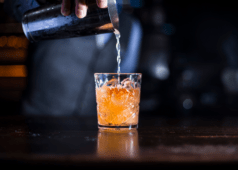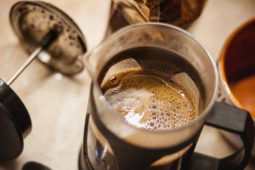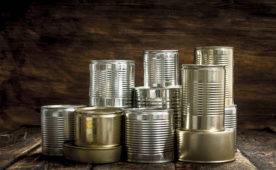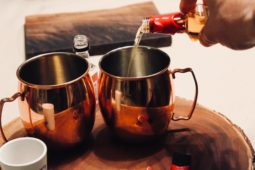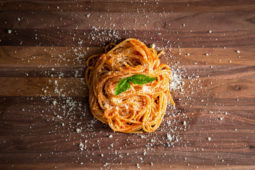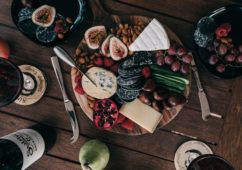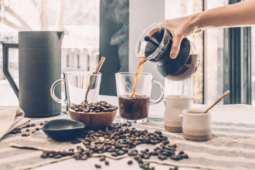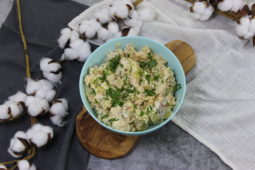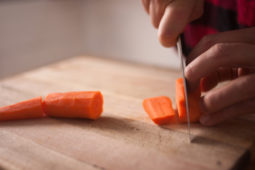Totally Awesome Distillery Tour: Kozuba & Sons

You’re at the liquor store standing in front of 5-tier shelf that stretches the entire wall and your just here to pick up a bottle of spirits. There are a lot of different brands and an array of price points for each bottle. What goes through your mind?
I think for those of us who enjoy an adult beverage, buying alcohol, spirits specifically, can fall into two categories:
- I’m looking for an affordable bottle of spirits that doesn’t taste terrible, and,
- I know what brand and style I want. I’ve had it before and I’ll enjoy it again
And possibly a third, oft youth oriented thought: I’ll take the cheapest swill there is please.
But do you ever choose a bottle because you know where it comes from? Who made it? The story of how this spirit came to be?
I’d argue the answer to these questions are just as important as cost or a familiar label. There’s something special about knowing what goes into a craft. Even more than that, there’s a tangible connection when you not only know the story of a product, but experience the story first-hand….
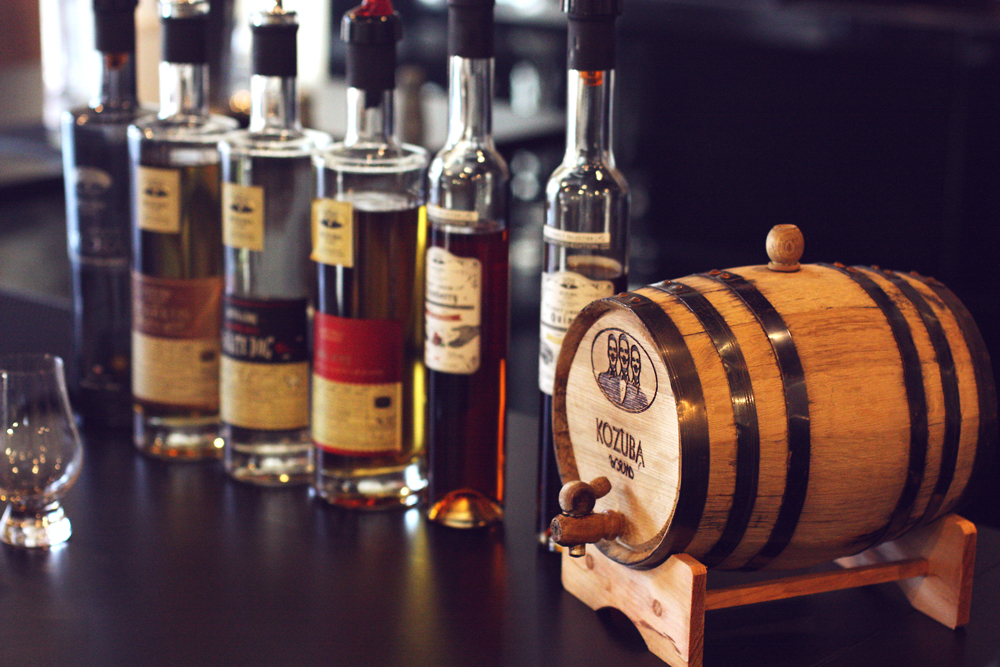
I had the opportunity to go behind the scenes of a spirit distillery, Kozuba & Sons Distillery, and not just learn about a business, but discover the passion and history that goes into each bottle of spirits they produce. Julia, Kozuba & Sons staff member and all-around stellar tour guide, led me behind-the-scenes of this family distillery. Let’s do it!
The Story
Kozuba & Sons is a family-run distillery located in St. Petersburg, Florida, operating out of a 20,000sq ft former ice plant and seafood warehouse – now renovated to include production area, tasting room, event area, retail store, and 1,000 capacity barrel storage area. They produce small batch, handmade spirits and cordials from “grain-to-glass”, handling everything from milling and mashing, to aging and bottling. Though the distillery opened to the public just a few years ago in 2016, their craft and their story stretches back many generations and many miles.
Originally from Poland, Zbigniew “Papa” Kozuba, is the patriarch of the family, retired soldier, and biochemist by trade. Papa’s grandfather owned wheat and rye farms in Poland. After Papa's military service and successful career owning a laboratory company, he retired to the Polish countryside. But instead of sitting in a recliner or playing golf, Papa decided to do what anyone with access to a wheat/rye farm would do, he began bootlegging.
Starting with cordials, he became well known in his town. Everyone would come drink with Papa and take some product home – neighbors, teachers, and even the local police. After several years of growing popularity, the senior Kozuba had his sons, Matt and Jacob, join his side and in 2005 they formed Kozuba & Sons. In search of the American dream and seeing the craft/handmade market growing, the Kozuba's packed up their family and their equipment and came to the United States. After a few visits to warm-weather cities, the family decided on St. Petersburg to plant their lives and their craft.
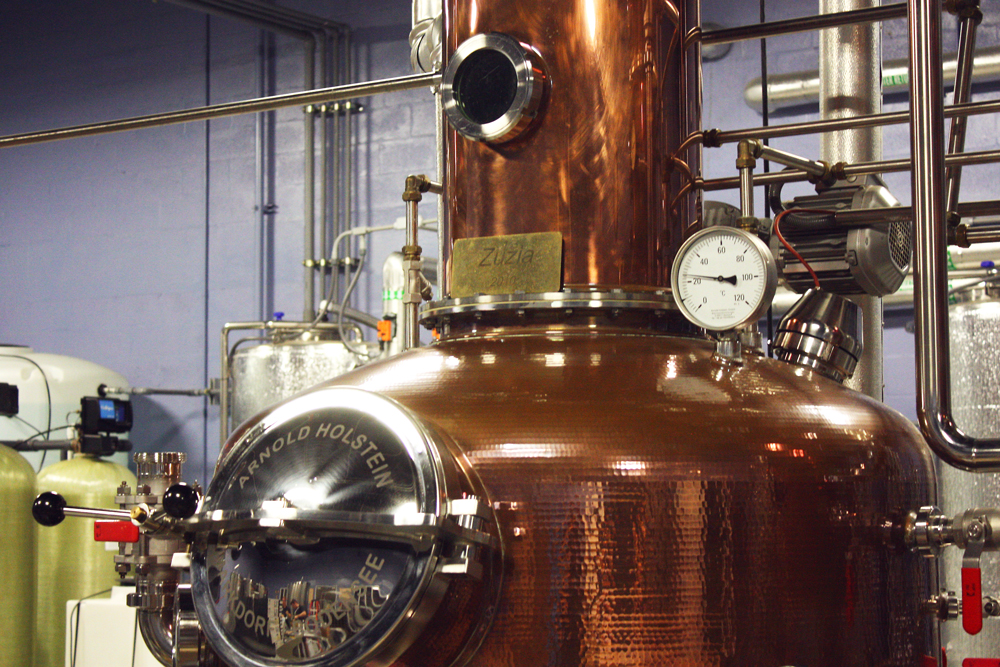
The Process
If you take anything away from this, I hope it’s the urge to visit your local distillery. Besides fantastic beverages and great people, the equipment used in distilling is super freaking cool. Part spaceship, part steampunk backdrop, the stills are definitely the eye-candy of the production floor.
Kozuba & Sons gather grains from all over the world, depending on what they’re making. The first stage, milling, is where the grains are broken open to release flavor and aroma. Julia says they can mill 1500 pounds of grain in 45 mins. From there, the grain goes into mash tanks where hot water (~150 F) is added to active the sugars in the grain. After about two hours, what’s left is a brown, oatmeal-like, chunky mixture that’s ready for the fermentation tanks.
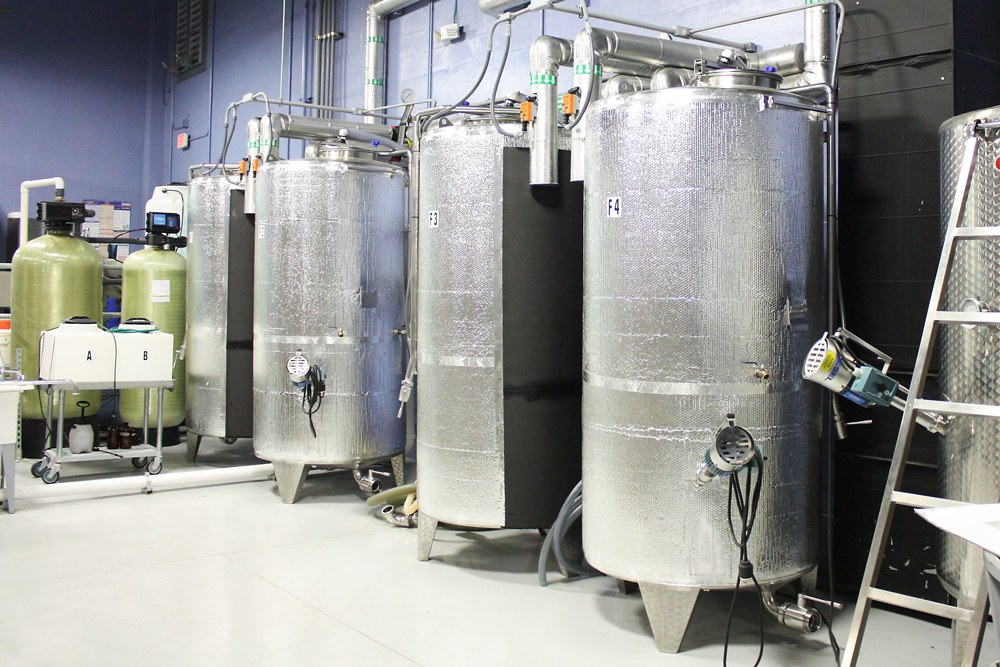
After some cooling down, yeast is added in the fermentation tanks and the whole thing spends about 3 days where it’ll yield three components: ethanol, carbon dioxide, and heat. What matters here is the ethanol. At this point, we’re only at about 8% alcohol by volume.
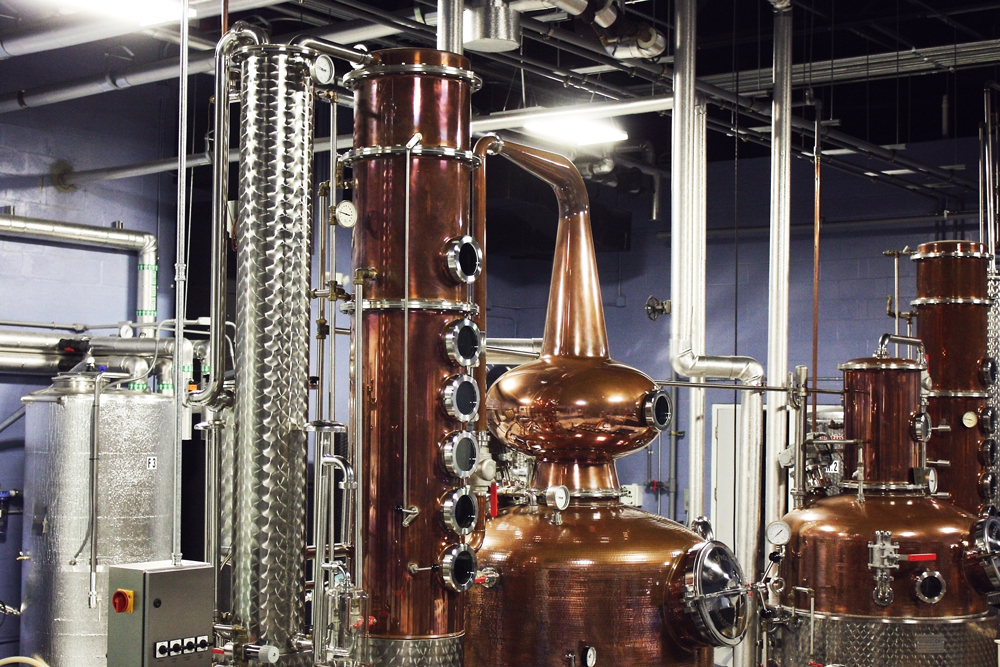
Next, the stills. The liquid is heated and turned into steam where it condenses at different stages by hitting metal plates inside the still. You see those little windows on the vertical portion of the still? Each one is a distilling step – removing impurities with every stop.
For each level of distillation, the liquid needs to be heated more in order to rise and condense with the final run-through on the top. Julia says, “At that point, it travels down into the tanks where it’s condensed and can be tasted. This could totally destroy your insides. It is super poisonous. The first thing to rise up into vapor, that is removed from all the product, is methanol – that's the poisonous part of distillation. That's what (bad) moonshiners were adding to their product back in the day & it ended up making people sick. The liquid that is created from this part of distillation is disregarded.

It was right about here we got to say a quick hello to the owners, Papa and his two sons. They were working on a top-secret project, so I couldn't get a lot of photos of them, but papa did pose for us as he oversaw the production room. It was really cool to see him and his two sons – just the three of them – on the production floor testing and honing their craft. They were extremely friendly and welcoming. That might seem like it should be a given, but remember, they’re letting a stranger with a camera onto their production floor while they are at work. We appreciated the quick break for us!
After distilling, what’s left is, “something that smells like wet dog”, says Julia. But this is where flavor can be added depending on what spirit they’re going for. The spirit is about 65% alcohol at this stage.
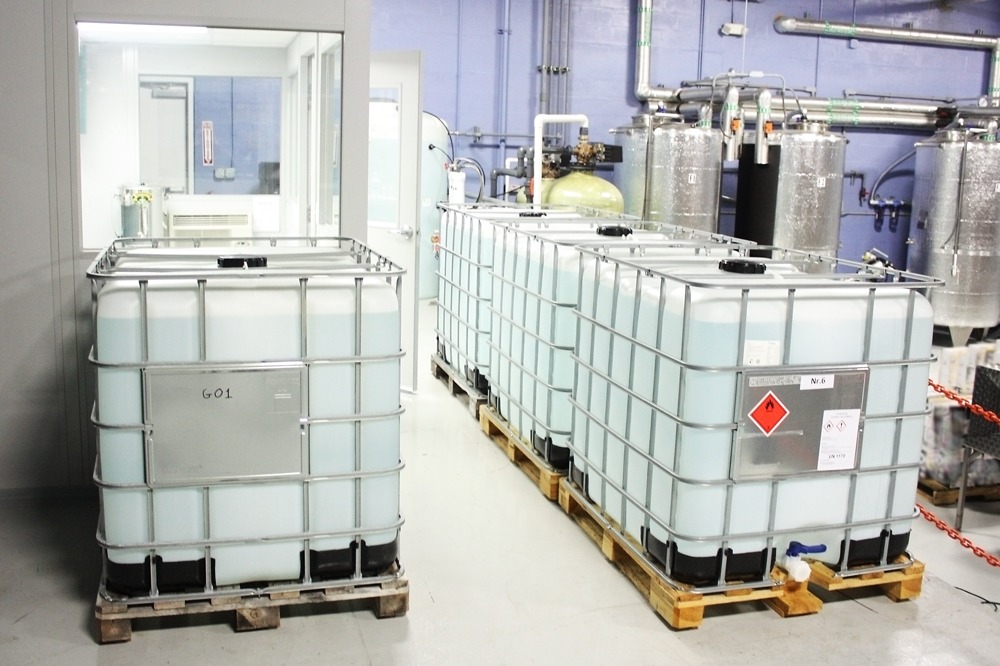
The last steps before bottling take place in my favorite room:

Kozuba & Sons makes a few different types of spirits – vodka, whiskey, and cordials. The cordials are put in steel tanks which keeps the flavor as-is – no influence from the container. The whiskey, though, gets put in oak barrels:

Ooh and aww with me at row upon row of barrel aged whiskey.
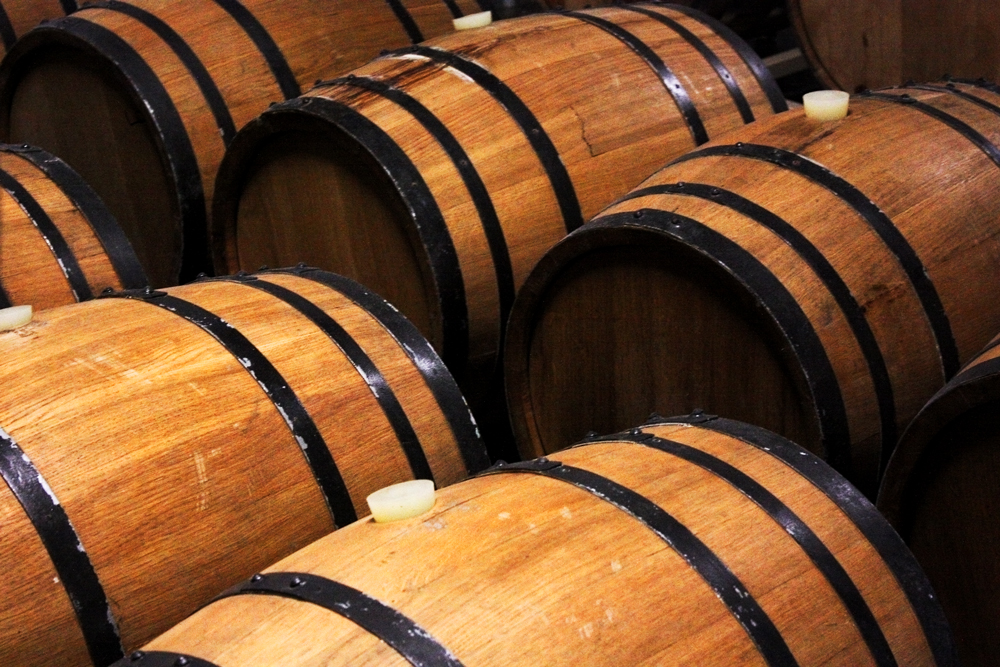

Fun fact: Even when the Kozuba’s were distilling in Poland, they imported American barrels. Made in Missouri, White American Oak are the preferred vessels. They had to bring all that from Poland back to the U.S. when they made their move. I did get to spot ten Polish wood barrels in the mix, though.
At this point, the alcohol sits. Again, depending on what they’re striving for, these barrels can sit for months at time. This room is humidity controlled to insure peak barrel performance, but they still expand and contract. Occasionally, the contents leak through the barrels. This is called the devils cut. The liquid that evaporates out – the angels share.
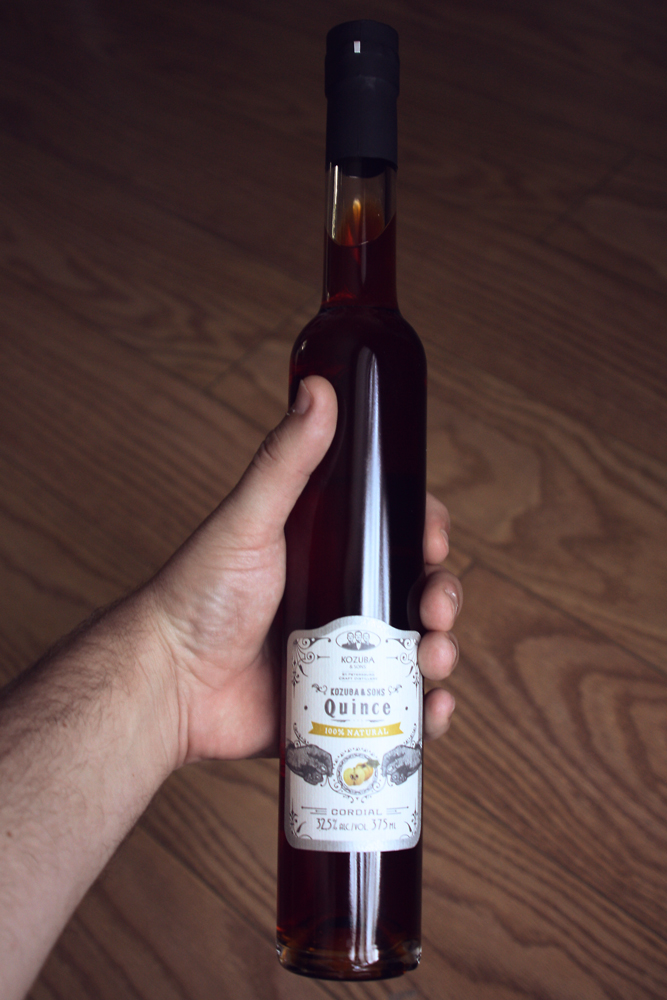
More fun facts:
- Kozuba makes a delicious Quince cordial – I’d never even heard of it before, but I absolutely did buy a bottle after tasting. Quince is a fruit similar to a pear or apple. To make it, 800 pounds (!) of fruit is added and it sits for ~2 years before it’s bottled.
- When the whiskey is ready to hit the shelves, it’s about 10% product of what’s left from the start.
- Each small batch produces about 500 bottles.
- Papa likes when other people speak Polish to him. If you ever visit here’s a cheat sheet:
Dzień dobry (~jane doe-bree) = Good day (a common Polish greeting)
Dziękuję (~jen-koo-ya) = Thank you
Do widzenia (~doe veeyd-zenya) = Good bye
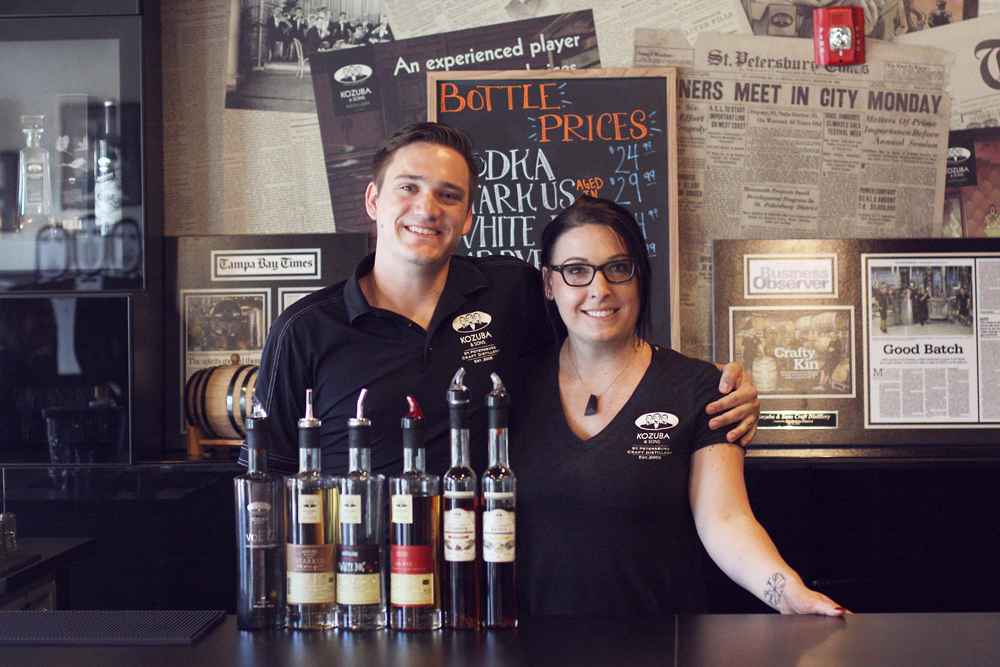
The People
Yes, the ingredients are important and the equipment is very cool, but all that stuff is just grain and water, and metal and wood. It takes dedicated, trained, caring, and determined people to actually make something. When we’re standing in front of those endless shelves of spirits, we can easily forget that those bottles and their contents have a rich story behind them. Some are generations old and others just a few years. There are master distillers who’ve tasted every step of the way – from wet dog mash, to gut-destroying distilled alcohol, to the complex, yet balanced finish product that you’re about to pick up. This part really comes through when you get a chance to visit a distillery and walk through the facility. You begin to see that this is a labor of love for those involved and not just from the distillers, but from Julias – gracious, polite, organized staff who schedule events and keep the place running smooth. And Austins – friendly, knowledgeable, enthusiastic employees who know the product and appreciate the craft.
The entire process from start to finish is a whirlwind of chemistry, labor, creativity, and dedication. For Kozuba & Sons, their story started generations ago in Poland, crossed an ocean, and continues to be told.
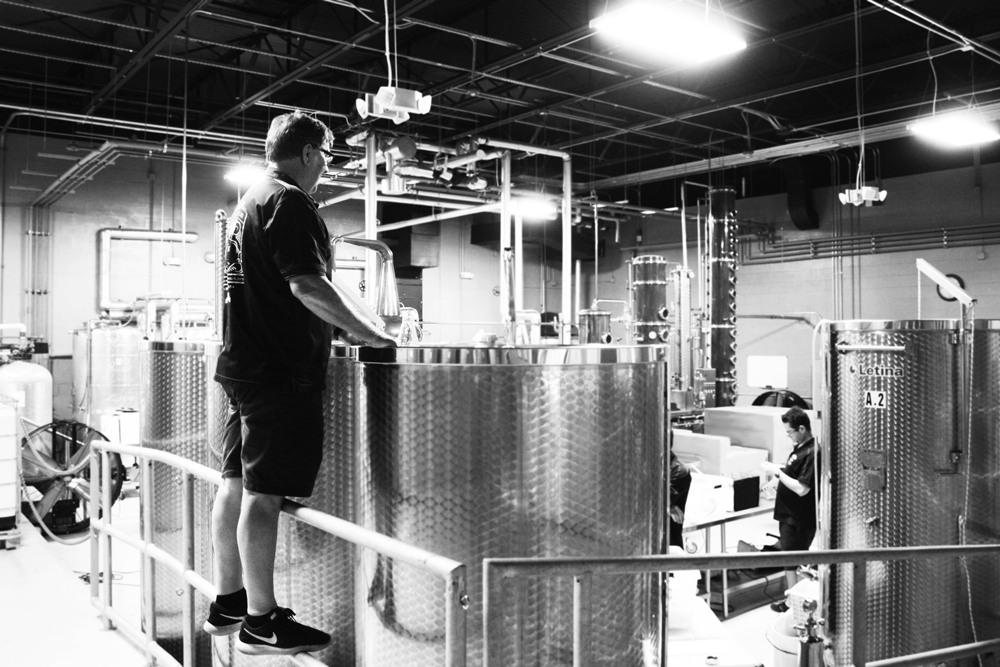
Here’s a little not-so-secret-secret from me: There are lots of distilleries and breweries. Do yourself a favor and visit one. I guarantee when you do, the next time you’re deciding on which vodka or whiskey or beer or gin to get, you’re going to feel a connection to your drink that wasn’t there before. Knowing Master Distiller “Papa”, who you shook hands with, personally walked through that spirits journey, manifests itself in a better drinking experience.
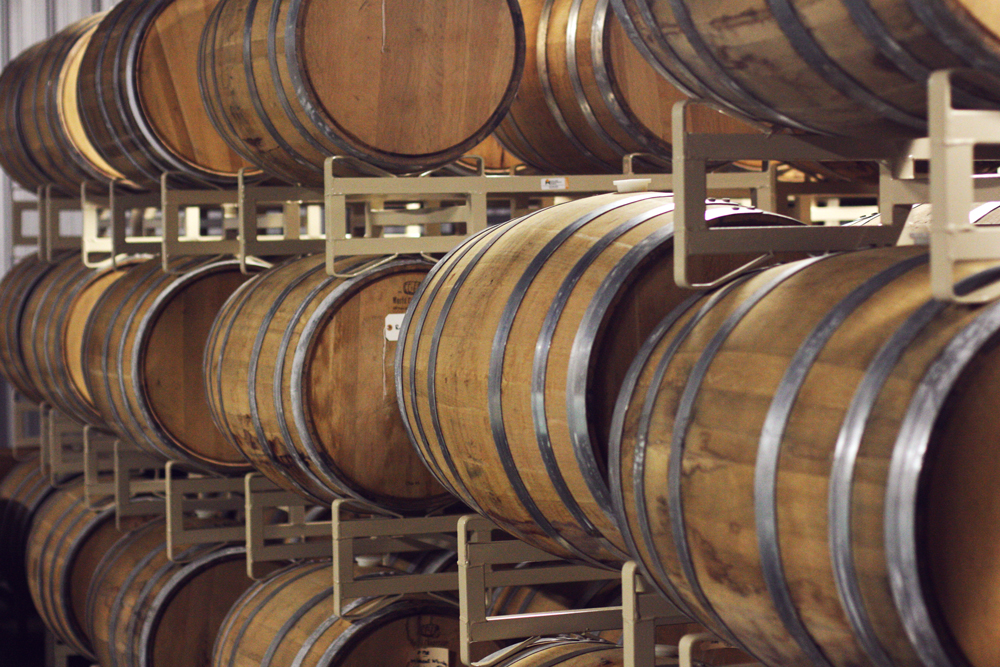
Again, a big thank you to Kozuba & Sons Distillery of St. Petersburg, FL for giving me a tour, showing some behind-the-scenes production, and letting me snap some photos. Also a special thank you to Julia, who put together and led the tour as well as Austin who walked us through a tasting of their fantastic product.
You can check out Kozuba & Sons on their website to schedule a tour for yourself and find where their fine spirits are sold!

